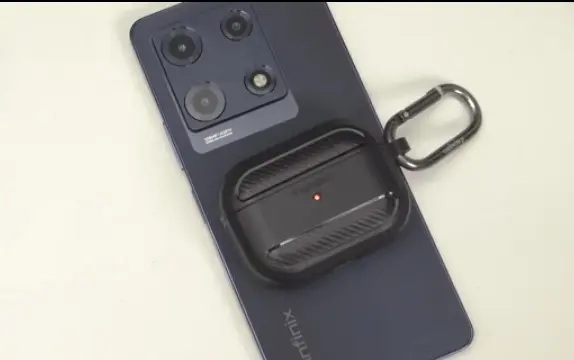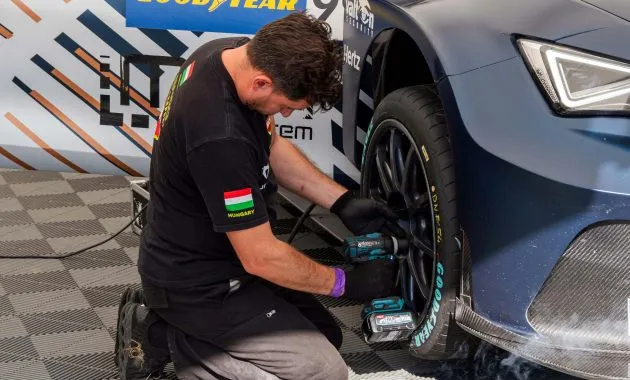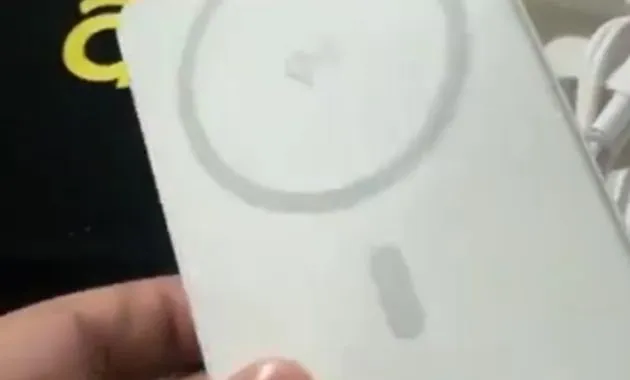Multymeter.com-Tool Review: Wireless charging or wireless charging is increasingly used by smartphone users. Because wireless charging offers convenience without having to plug a cable into the device. However, wireless charging also has disadvantages, besides its advantages. Wirecharging technology works by utilizing electromagnetic induction to charge the cellphone battery.
Wireless charging mechanism Wireless charging works on the principle of electromagnetic induction which involves two main components, namely the charging pad and the receiver in the cellphone. The charging pad has a coil that produces an electromagnetic field.
When a cellphone with a receiving coil is placed on the pad, the electromagnetic field will induce an electric current in the cellphone. This electric current is then converted into direct current (Dc) power to charge the battery.
Because wireless charging uses an electromagnetic field, its range is very limited. The cellphone must be placed very close to the charging pad for the charging process to take place optimally.
Although called “wireless”, the charging pad still requires an electrical connection to function. Qi standard in wireless charging Currently, the most commonly used standard in wireless charging is Qi (chi), which was developed by the Wireless Power Consortium (WPC).
This standard also includes safety features, such as preventing overheating and regulating the level of power delivered. With the Qi standard, users don’t need to worry about compatibility between the phone and the charging pad.
As long as the device supports Qi charging, it can be used with various Qi-certified chargers, without relying on a particular brand.
Wireless charging has several advantages, especially in terms of ease of use.
By using wireless charging, the charging port on the phone does not wear out easily because it does not need to plug in the cable often, like conventional charging
For the disadvantages, the charging process using wireless charging is considered slower, when compared to the conventional charging process. Although the latest wireless charging technology already supports charging speeds of up to 15 W or more, this is still slower when compared to conventional cable chargers that have reached above 65W. In addition, the speed of wireless charging can be affected by several factors, such as ambient temperature, battery level when charging begins, the position of the phone on the pad, and the age of the battery and device.***




